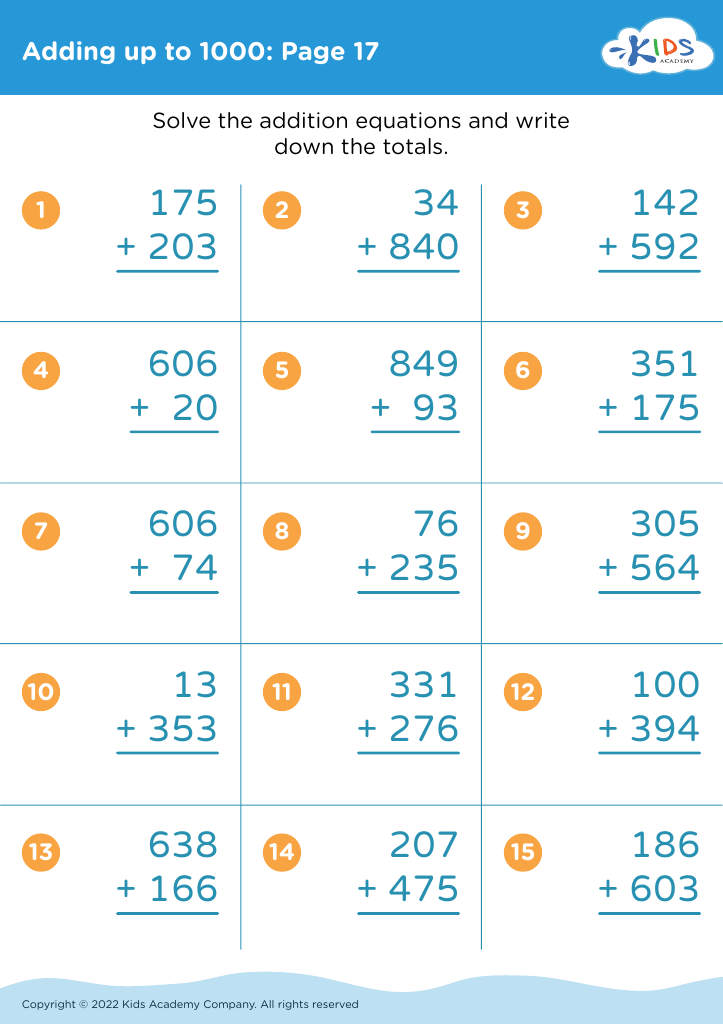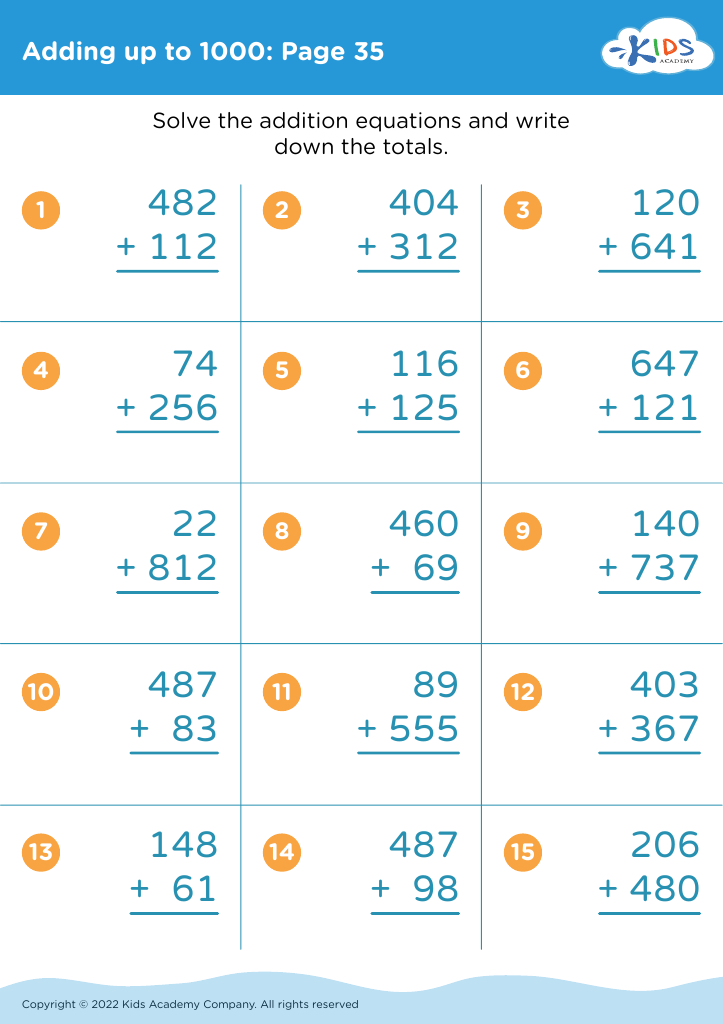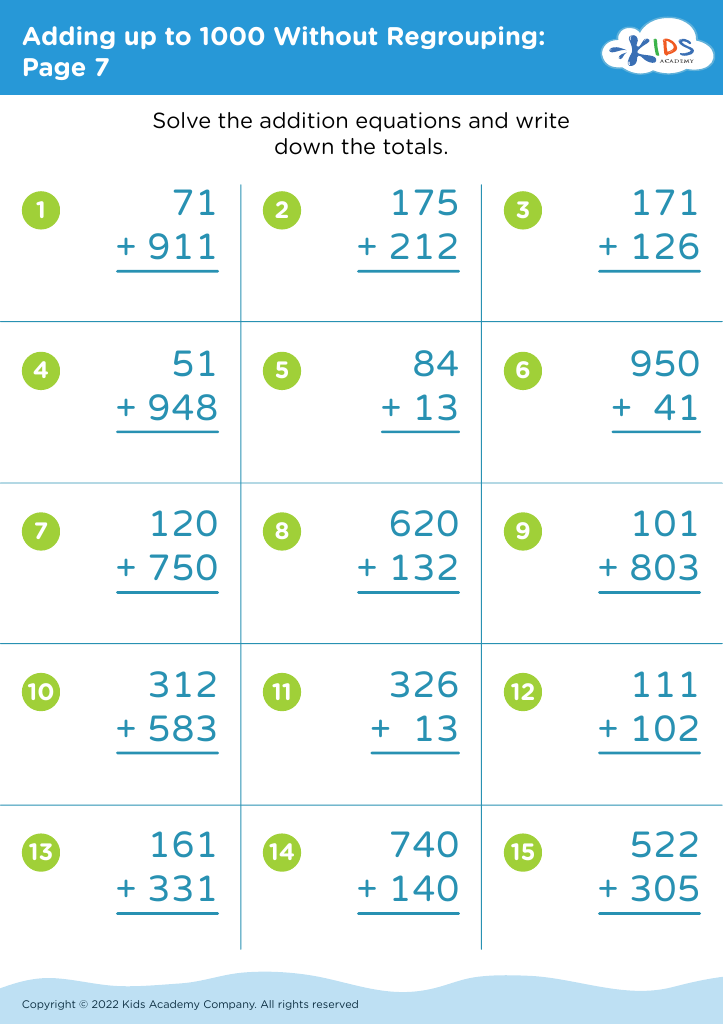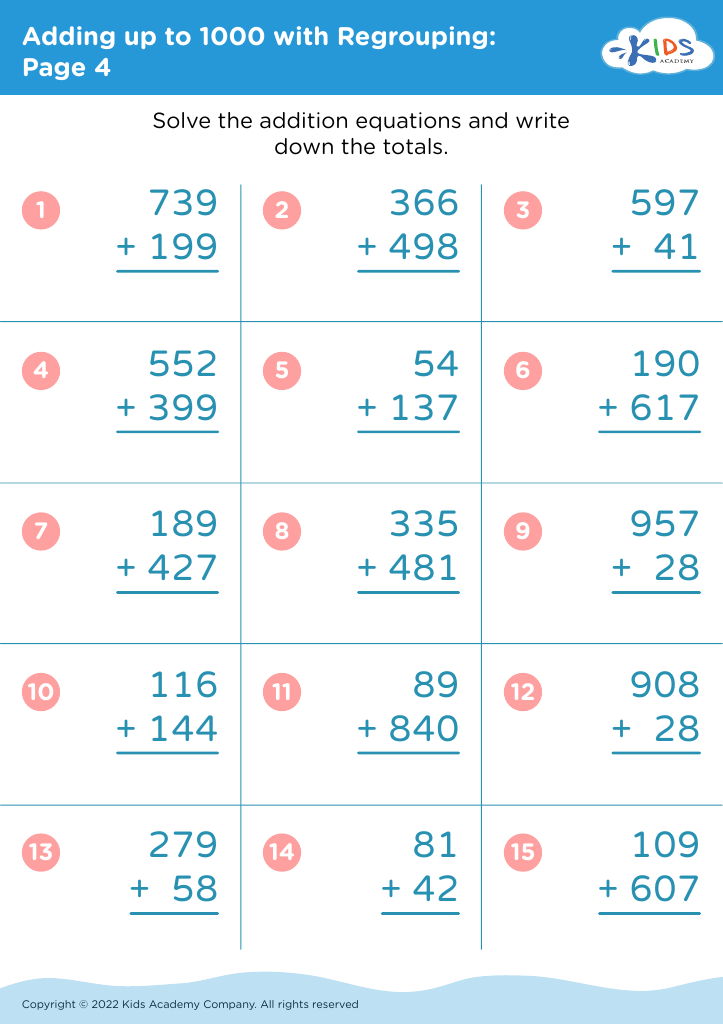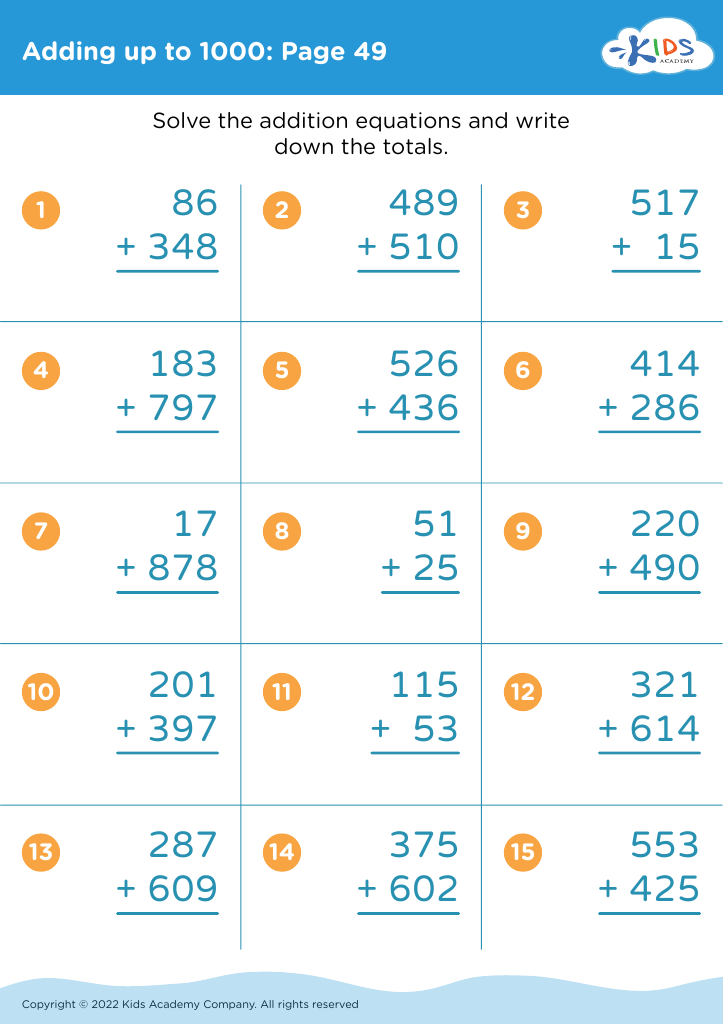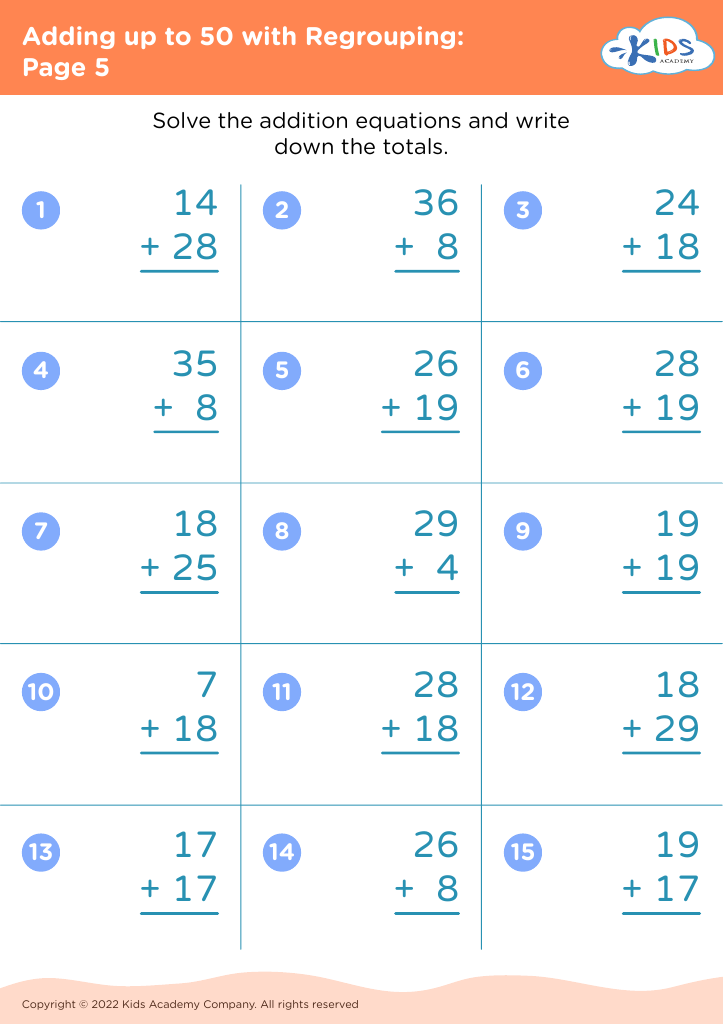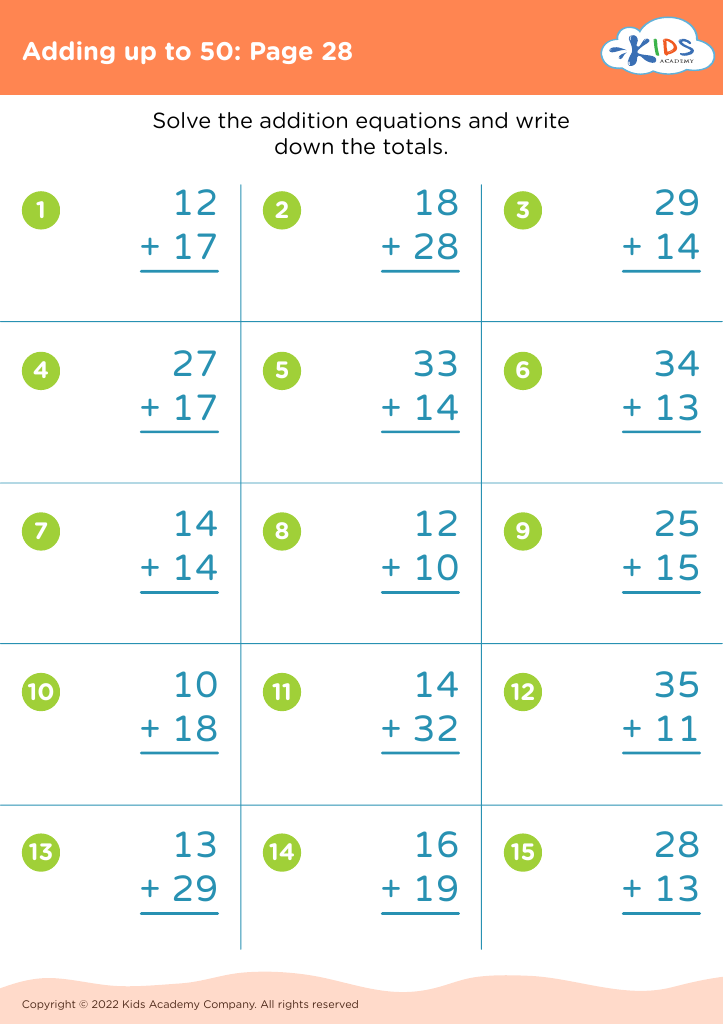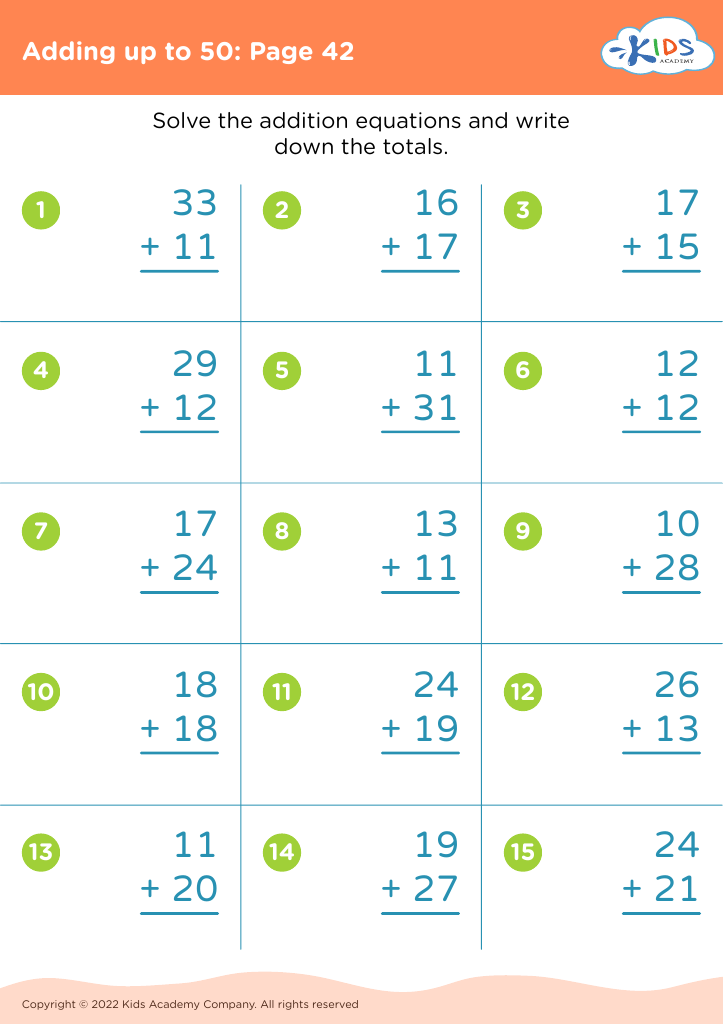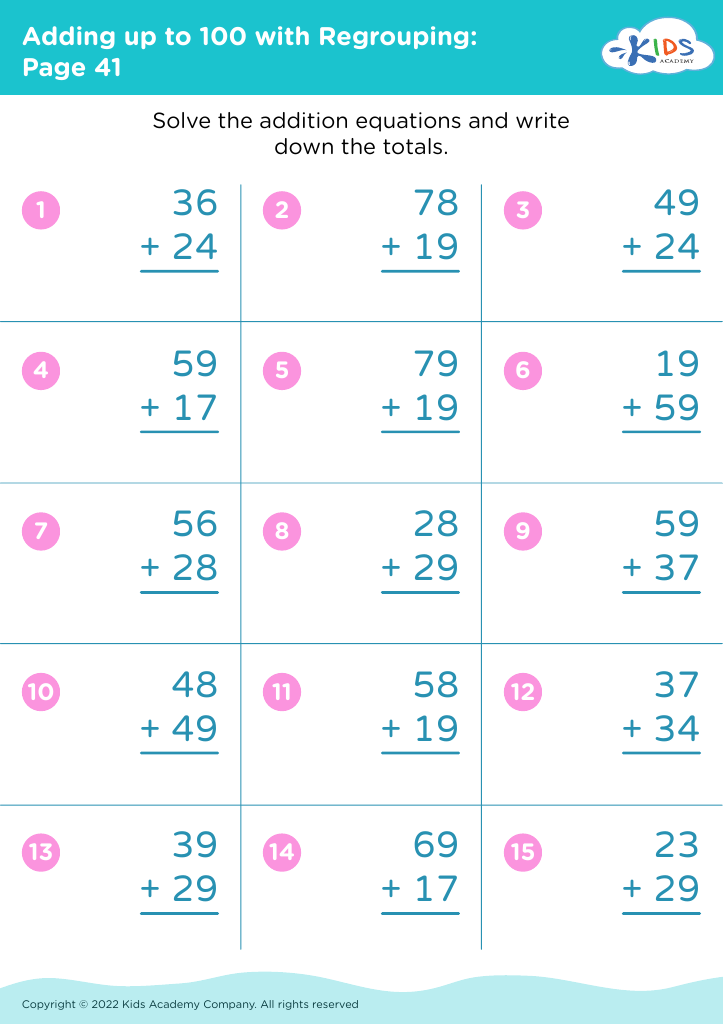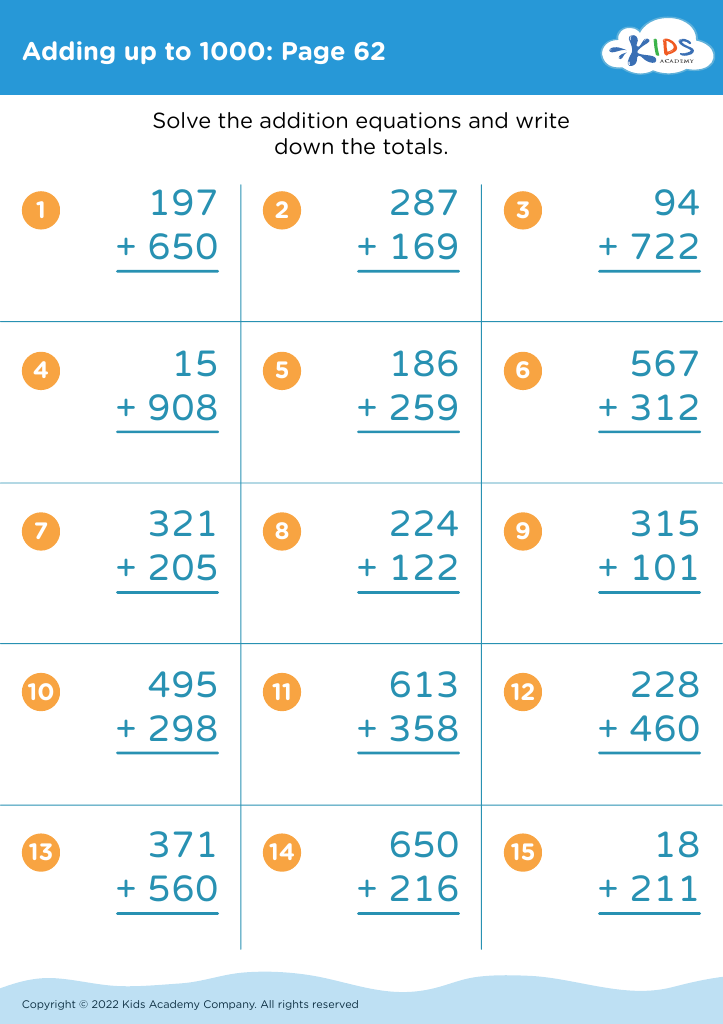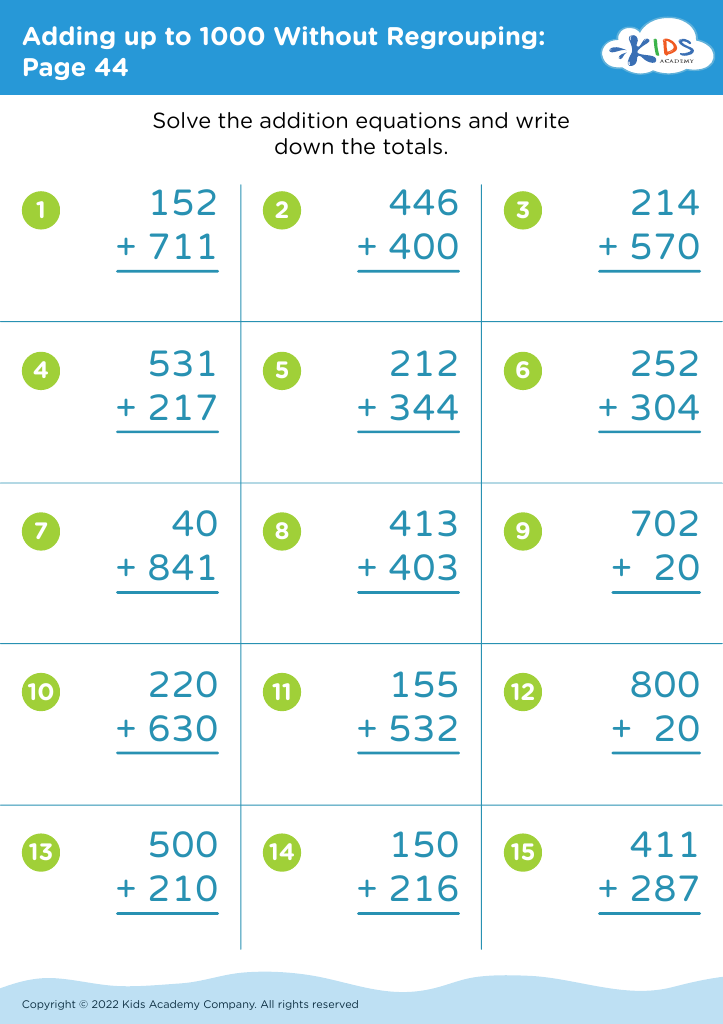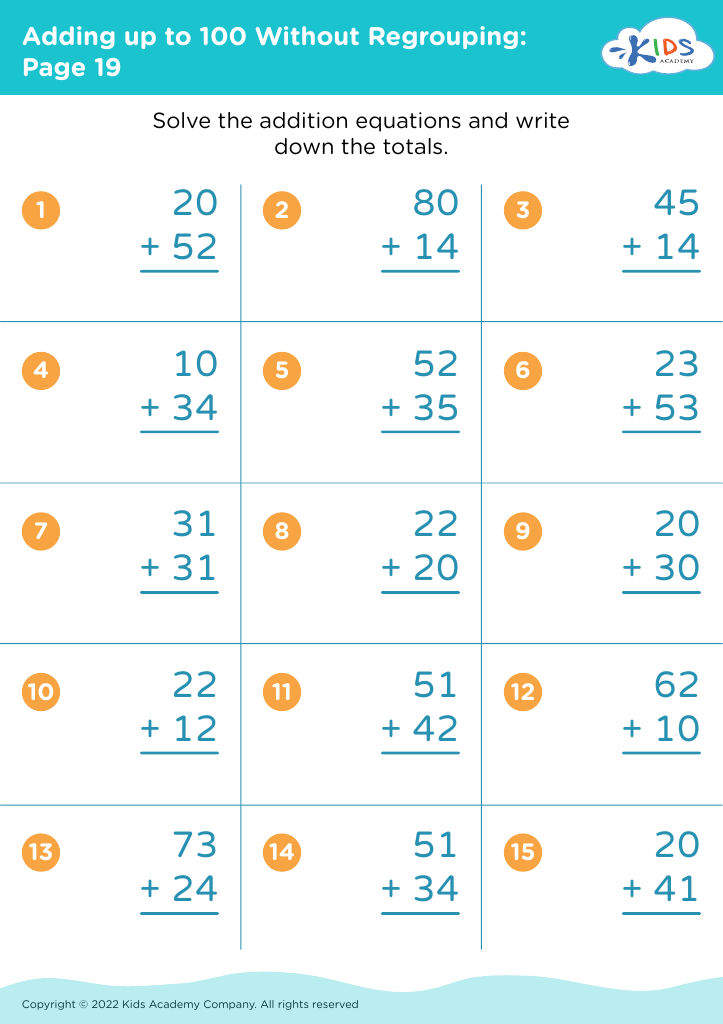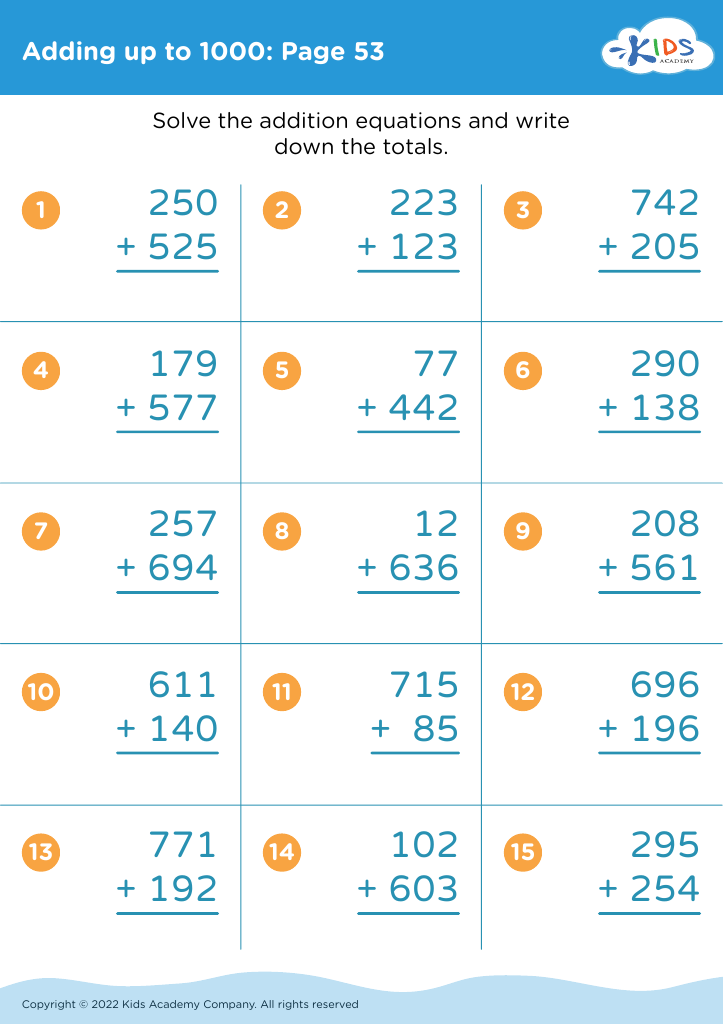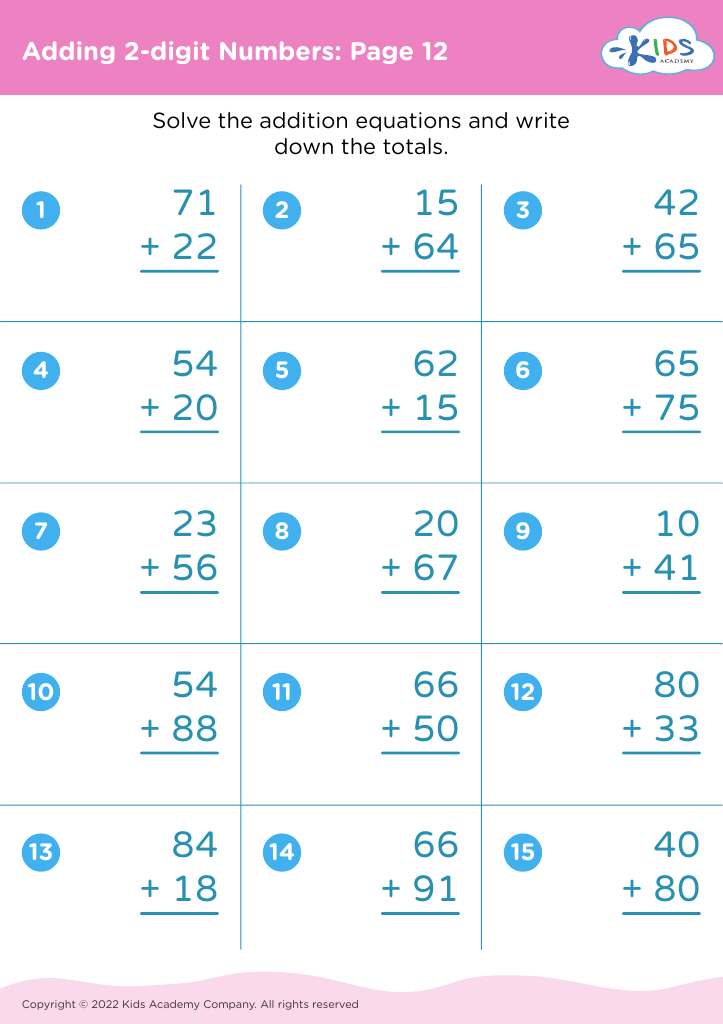Fraction comparison Worksheets for Ages 6-8
44 filtered results
-
From - To
Explore our engaging Fraction Comparison Worksheets tailored for kids aged 6-8! These carefully designed worksheets help young learners develop essential math skills while understanding the concept of fractions. With a variety of fun activities, students will practice comparing fractions using visual aids and interactive exercises. Ideal for reinforcing classroom lessons or for at-home learning, our worksheets ensure that children have the opportunity to grasp critical math concepts in an enjoyable way. Trust us to make learning about fractions an exciting adventure for your little ones! Download now and watch their confidence in mathematics grow!
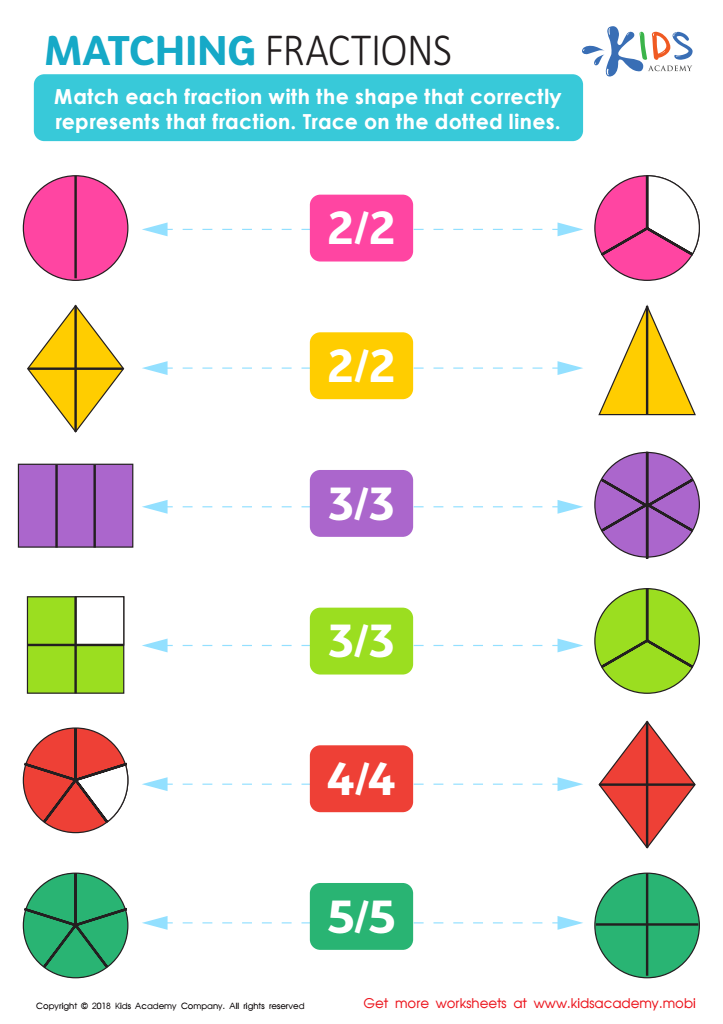

Matching Fractions Worksheet
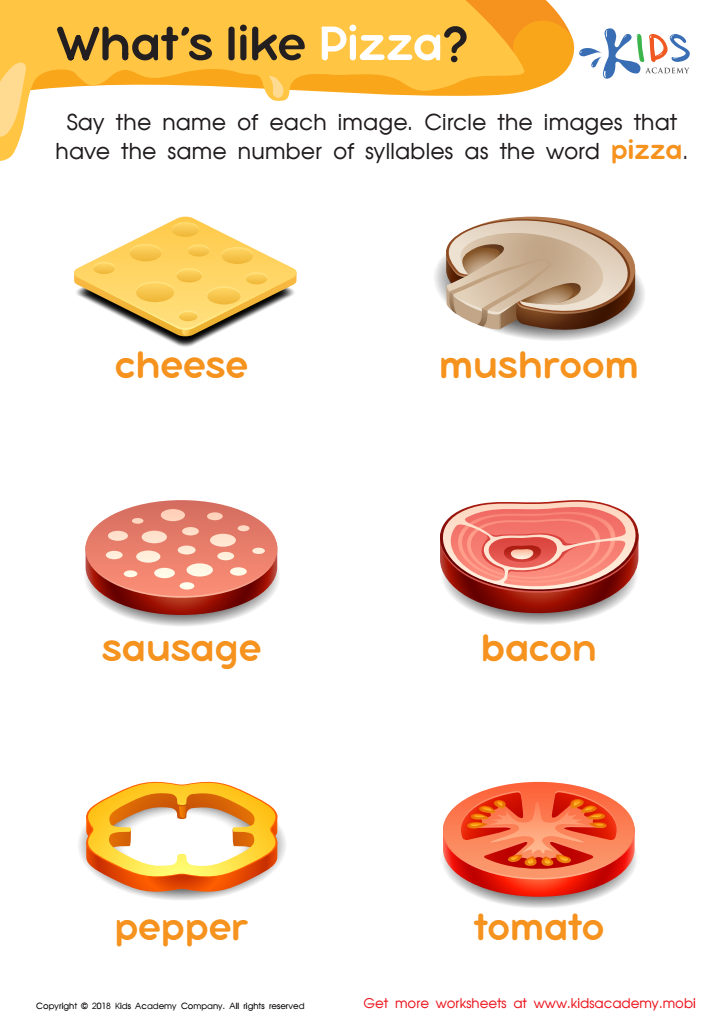

What's Like Pizza? Worksheet
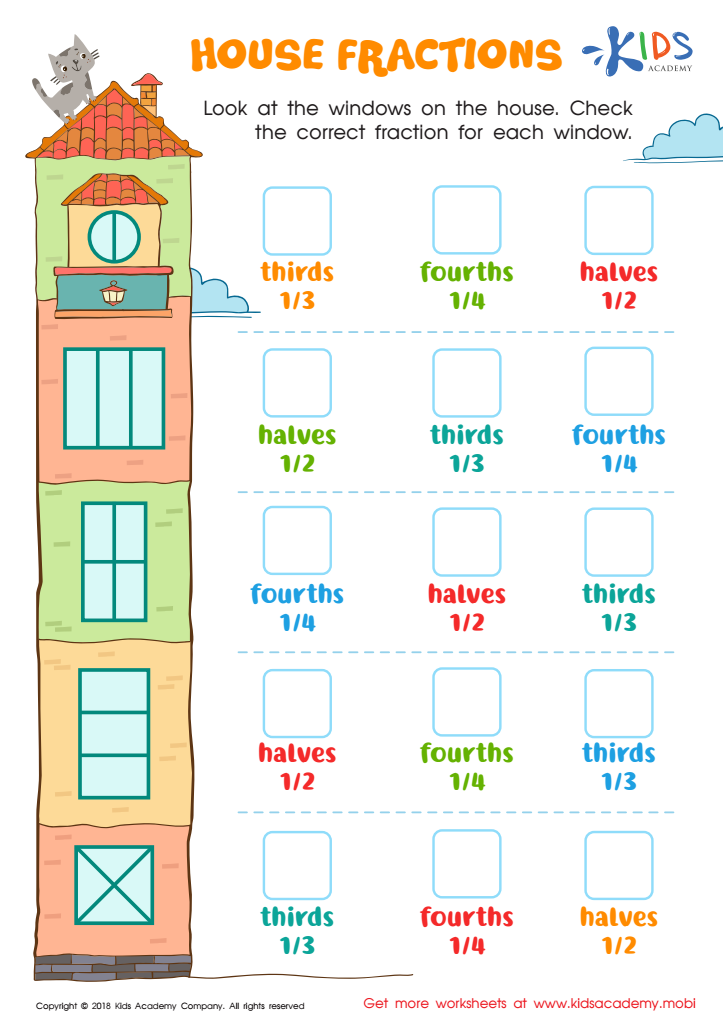

House Fractions Worksheet
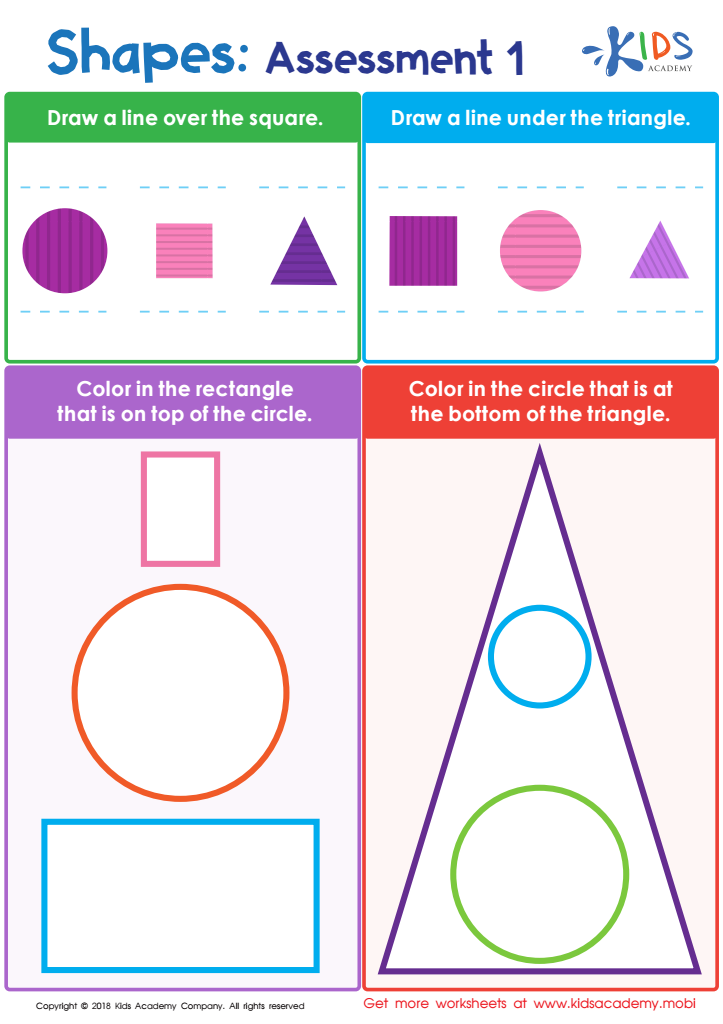

Shapes: Assessment 1 Worksheet
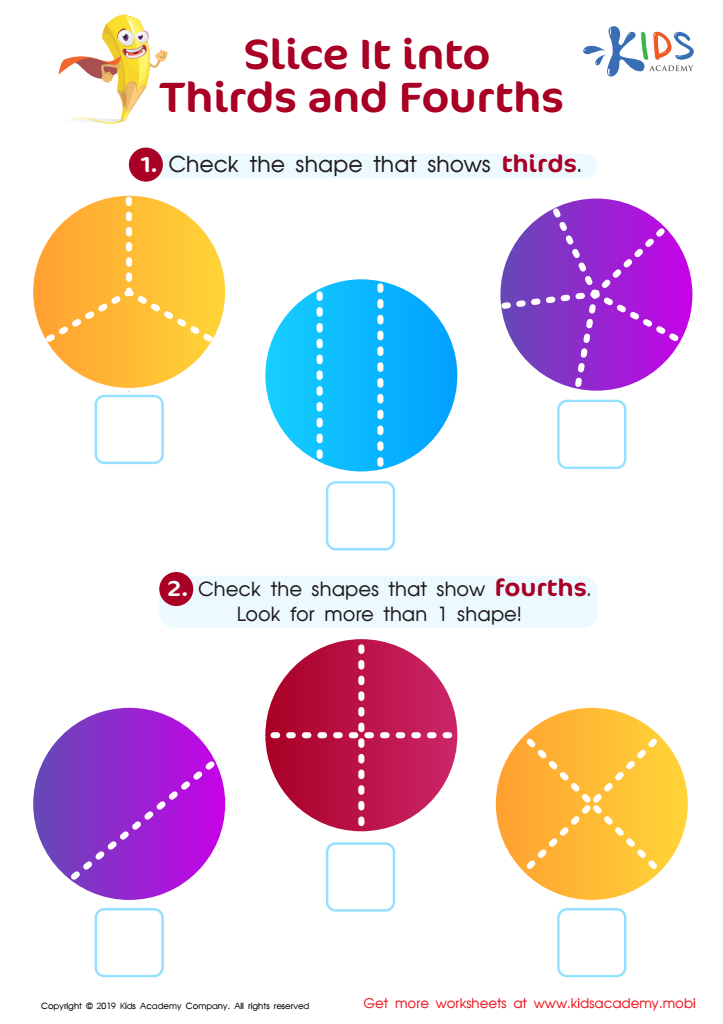

Slice in Thirds Fourths Worksheet
Understanding fraction comparison is crucial for children ages 6-8, as it lays the foundation for more advanced mathematical concepts. During these formative years, children develop essential critical thinking and problem-solving skills, and learning to compare fractions enhances these abilities.
When parents and teachers focus on fraction comparisons, they help students grasp the idea of parts of a whole— a fundamental concept in mathematics. This understanding serves not only in math but in real-life situations, like cooking or sharing items equally. Mastering fractions promotes numerical fluency, allowing children to engage with various mathematical tasks confidently.
Moreover, the process of comparing fractions encourages students to use visual aids—like pie charts or fraction strips—which strengthens their cognitive skills through hands-on activities. It also fosters a sense of logical reasoning, as children learn to recognize patterns and relationships between numbers.
Integrating fraction comparisons in early education empowers children to tackle more complex math related concepts in later grades, such as addition and subtraction of fractions, which can be daunting without a solid foundational understanding. Therefore, parents and teachers should prioritize fraction comparisons to support long-term academic success and build a strong mathematical foundation in young learners.
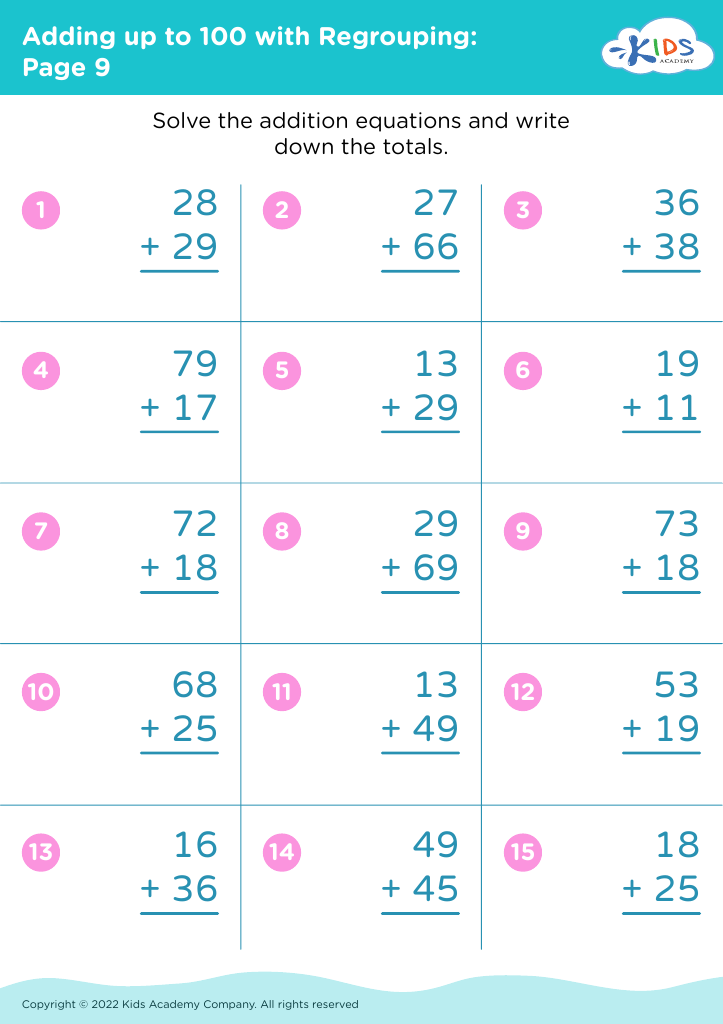
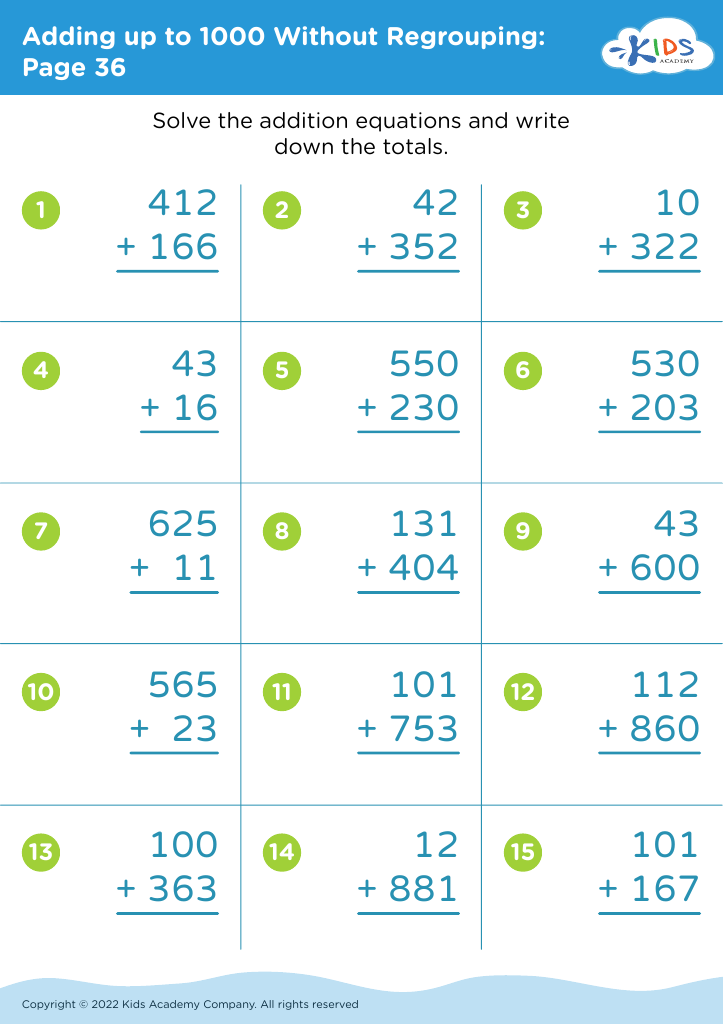
 Assign to My Students
Assign to My Students
